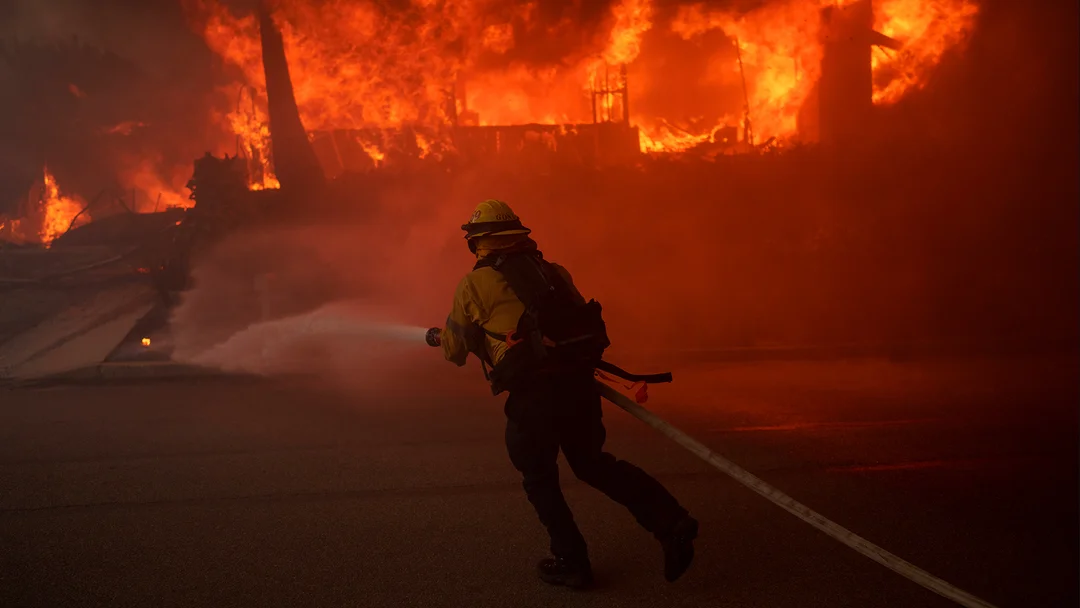
California’s Wildfire Season: A Growing Crisis Explained
California's wildfire season has intensified over the years, becoming a significant concern for residents and policymakers alike. According to a detailed report by CalMatters, the state is witnessing more frequent and severe wildfires, a trend that is expected to continue. The primary factors contributing to this escalation are climate change, which leads to hotter and drier conditions, and decades of aggressive fire suppression policies that have resulted in an accumulation of flammable material in forests.
The article highlights that the traditional wildfire season, once confined to late summer and fall, now extends throughout the year. This shift poses new challenges for fire management and emergency response teams, who are increasingly stretched thin. Moreover, the report notes that the increased frequency of wildfires not only threatens lives and property but also has profound environmental impacts, including the release of stored carbon into the atmosphere, further exacerbating global warming.
CalMatters also delves into the socio-economic repercussions of these wildfires. The economic toll is substantial, with billions spent on firefighting, property damage, and recovery efforts. Additionally, the psychological impact on communities repeatedly affected by these disasters is profound, leading to calls for more robust preventive measures and better urban planning to mitigate future risks.
The state is taking steps to address this crisis, including investing in forest management, promoting prescribed burns, and enhancing early warning systems. However, experts agree that a multi-faceted approach involving federal, state, and local governments, as well as private sector and community involvement, is essential to effectively combat the growing threat of wildfires in California.
